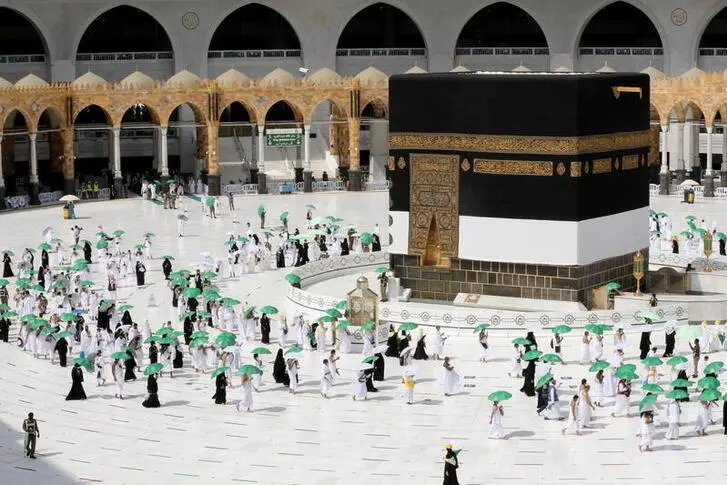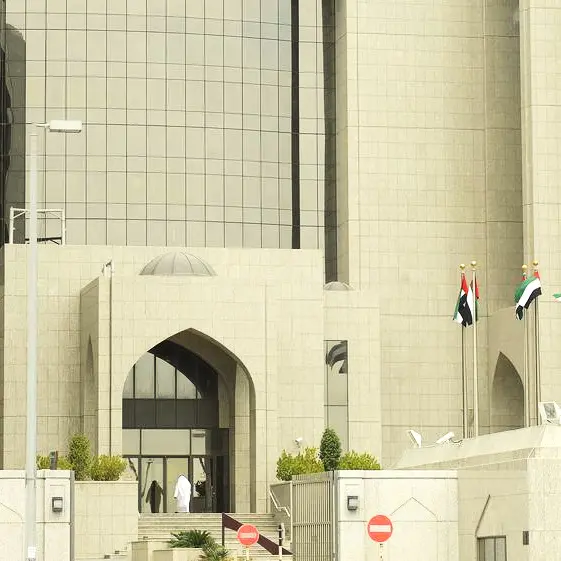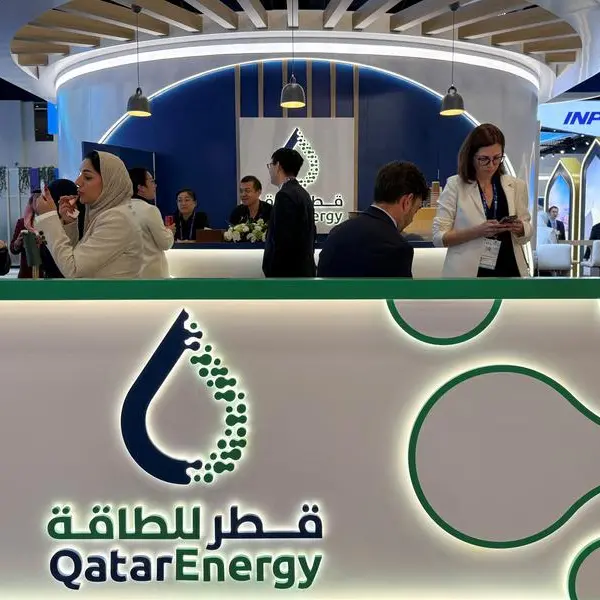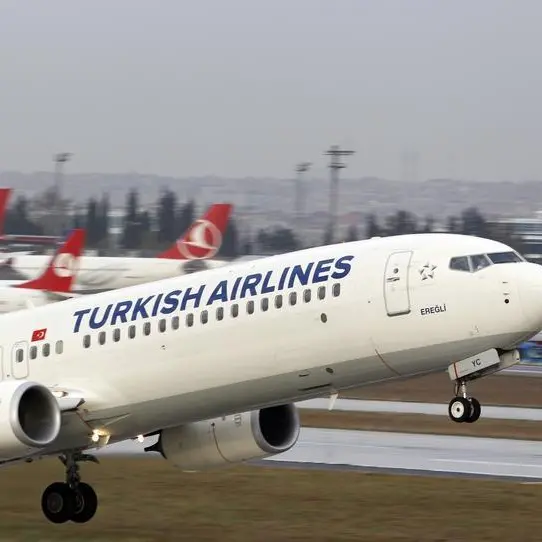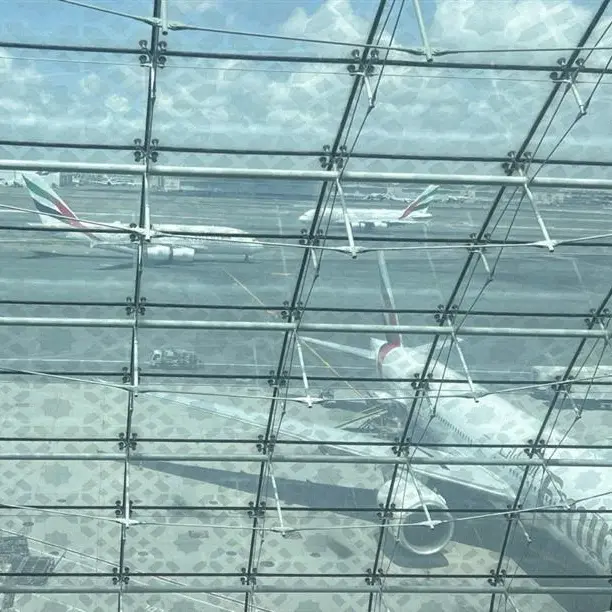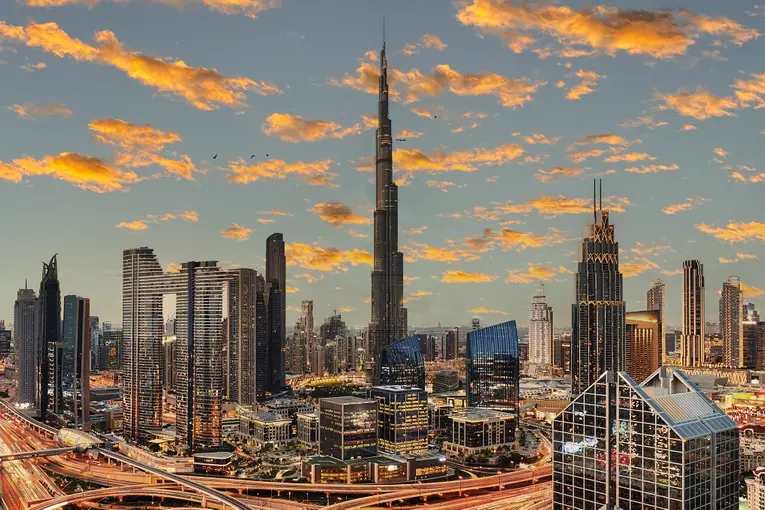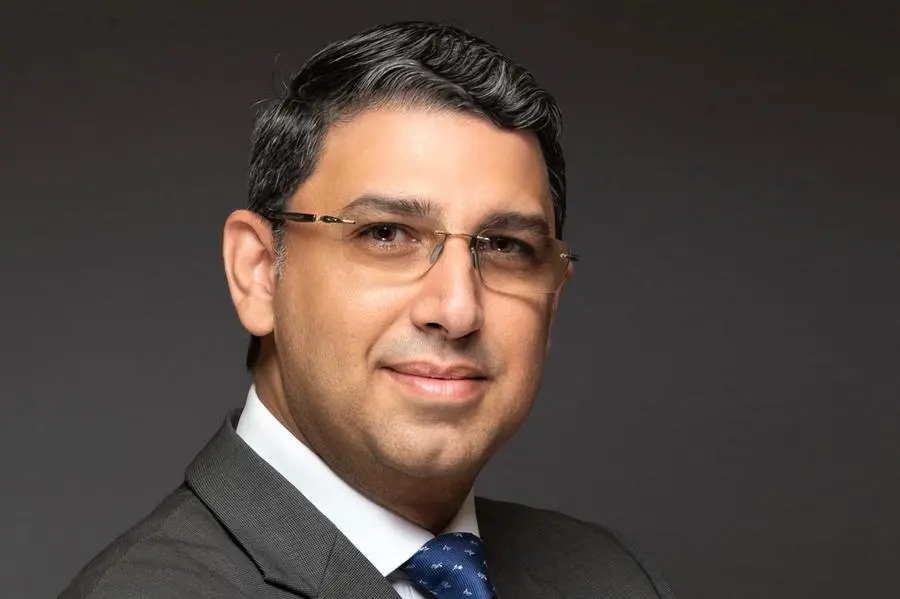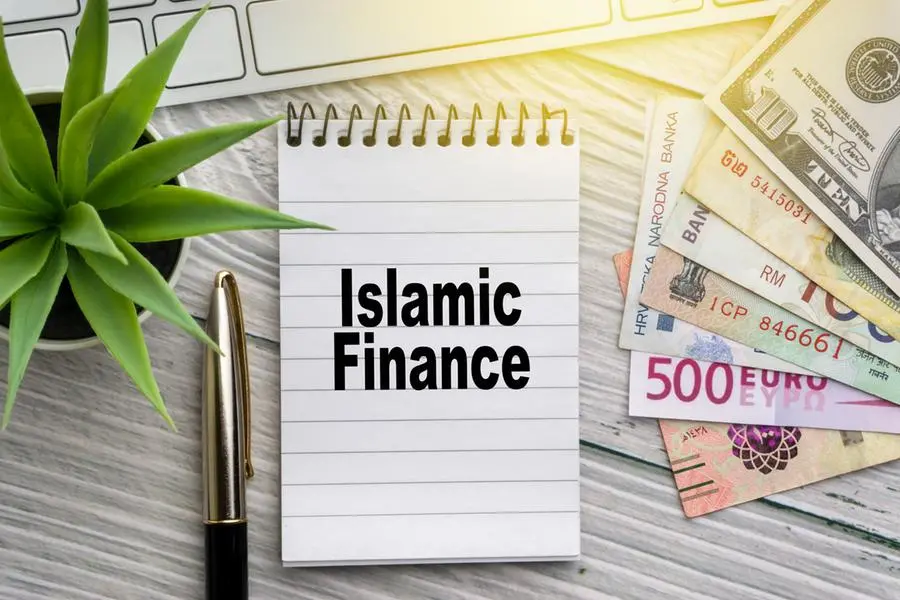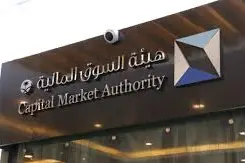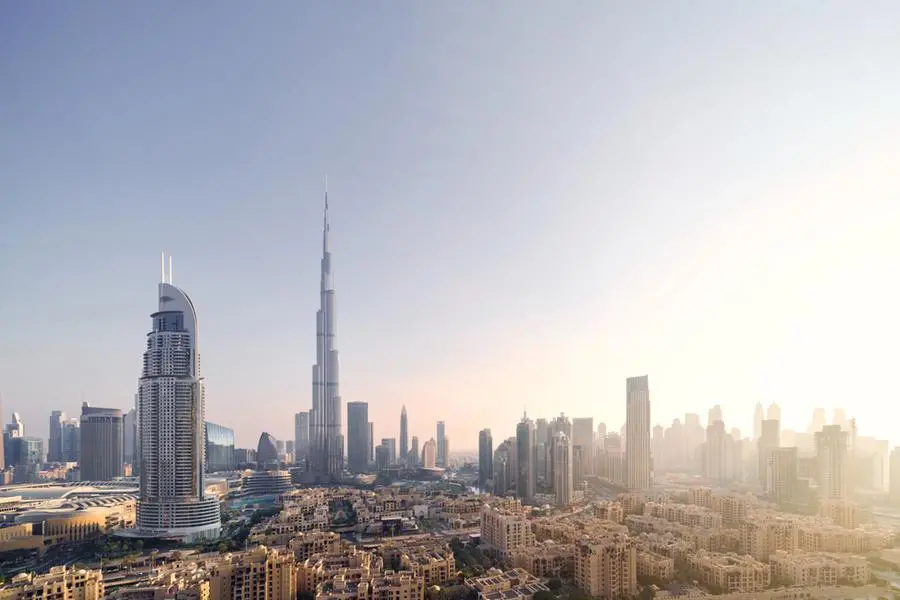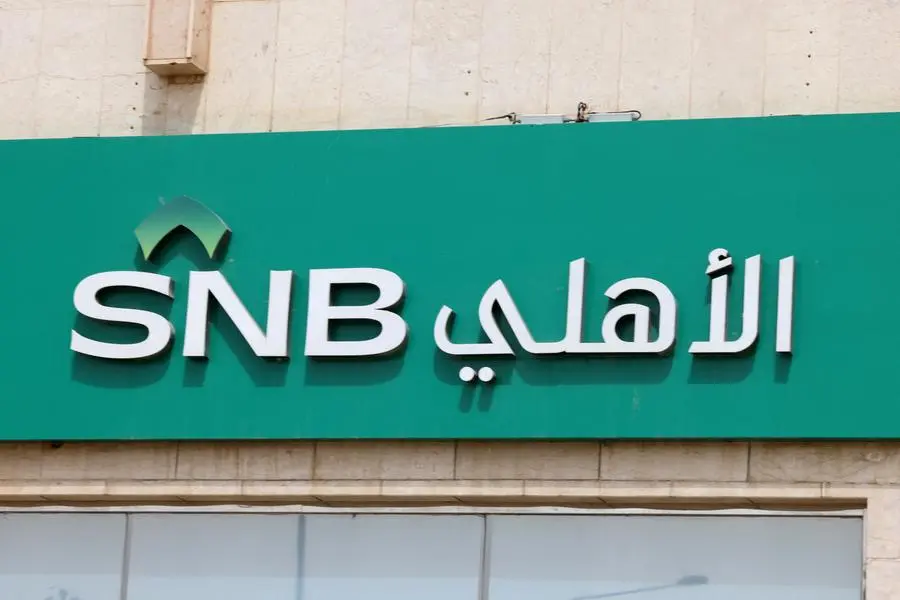PHOTO
Muslim pilgrims perform Tawaf around Kaaba in the Grand Mosque in the holy city of Mecca, Saudi Arabia July 17, 2021.
The annual pilgrimage connects the lives and livelihoods of millions worldwide in more ways than we imagine. So, it is not just about smart cards linking operations and services, electronic bracelets containing pilgrims’ identities, or apps organising group dispatch. With another curtailed Haj around the corner this year, for obvious reasons, it is probably time to relive stories that make Haj global and unique.
Some of the most human and fascinating stories related to Haj unfold in faraway lands, thousands of miles away from the pilgrimage’s centres in Saudi Arabia. Let’s look at Indonesia, the world’s largest Muslim population and also one of the largest Haj contingents in normal times. Much before they land for Haj, thousands of Indonesians, especially the low-income pilgrims have to plan their finances in advance.
As the trend to perform Haj at a young age catches up in Indonesia, a mobile app has been launched to help the country’s 80 million millennials start their savings early. Remember, an Indonesian has to spend around US$ 1,700 to pay for the Haj expenses, and the country has a growing middle-class population.
Another Haj-linked story takes us to faraway Malaysia and literally reaches most doorsteps in that country. Soon after a child is born in Malaysia, he/she is registered in the country’s Haj Saving Scheme. The Management and Fund Board of Malaysia — also called Tabung Haji — runs like a corporation with the sole objective to enable Muslims to save for their Haj costs. The fund also facilitates participation in investment in industry, commerce, plantation, and real estate for “the protection and welfare of Muslims on pilgrimage.”
Economics of management
Tabung Haji believes that the economics of management of Haj is linked to religious duty and can be seen in terms of a wide range of financial and economic activities. “It can act as a powerful institution for the mobilisation of savings and investment, thereby creating an opportunity to perform Haj at the least cost possible,” says a research paper produced on Malaysia’s Haj management.
“Chinese light rail delivers 2.4 million trips in Makkah for Haj pilgrims.” That was a headline in 2019, describing the Makkah light rail, built and operated by the China Railway Construction Corporation.
According to a Xinhua report, the CRCC won the project bid in 2009, and between 2010 and 2014, it provided service for over 15 million trips.
Just imagine the hundreds and thousands of engineers, construction workers, and other staff coming together to build infrastructure to ease travel during the Haj season. One could argue that for them, this is just another project that could have unfolded anywhere in the world. But the fact remains it’s the annual congregation that brings all these expertise, skills, and enterprise.
If a full-fledged Haj means millions for businesses, a limited number of pilgrims is bound to cause heavy loss on a large scale. Somalia, for instance, used to make millions by selling cattle to Saudi Arabia for feeding pilgrims and the ritual of sacrifice. However, drastically curtailed Haj for two consecutive years has left them with all cattle and little income.
Aside from the widely-reported stories of large-scale Haj preparations and organisation, numerous tales of triumph, trials, and tribulations in the buildup to the annual Haj season catch our collective imagination. It could be a group of friends cycling 3,500km from Kenya or Macedonians crossing six countries in six weeks to perform Haj: they have all become part of the inspiring stories of Haj pilgrims.
Copyright © 2021 Khaleej Times. All Rights Reserved. Provided by SyndiGate Media Inc. (Syndigate.info).
